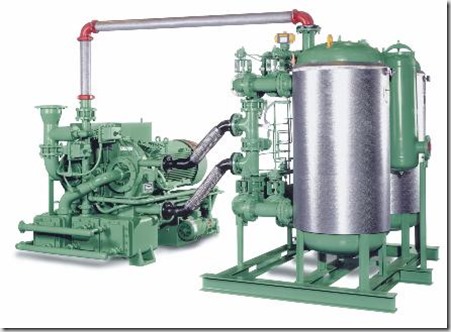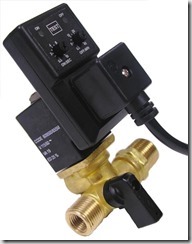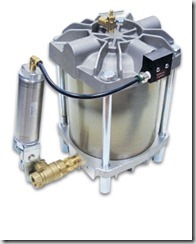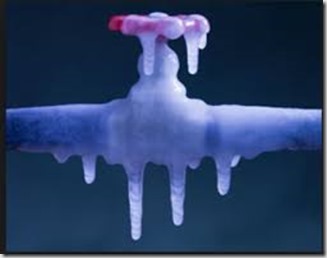Although compressed air is readily available and convenient to use in most plants, it is often more cost-effective to find an alternate solution to some problems. Some studies have shown that the overall efficiency of a typical compressed air system can be as low as 10% to 15%. With that in mind, using a fan or even modifying an air conditioning system to cool a component is likely to be less expensive in the long run than installing a compressed air vortex cooler.
Vacuum systems are more efficient and safer for cleaning than compressed air. Electric tools are less expensive to operate than their pneumatic counterparts, although torque and industrial durability need to be considered when selecting the right tool for the job. Ultimately, a person needs to consider all options and use compressed air only when it truly makes sense.
“The above statements are taken from the DOE Compressed Air Challenge website”
If you answer “yes” to any of the following, your use of compressed air can likely be reduced! We offer Free on site consultation to evaluate your compressed air needs.
-
Can this application use compressed air at a lower pressure?
-
Is the pressure required for this application in the range of a blower rather than a compressor?
-
Does the application use large volumes of air for short burst of time? ie. Chip blowing or bag house filter blow off
-
Is this application using compressed air for parts cooling or drying?










